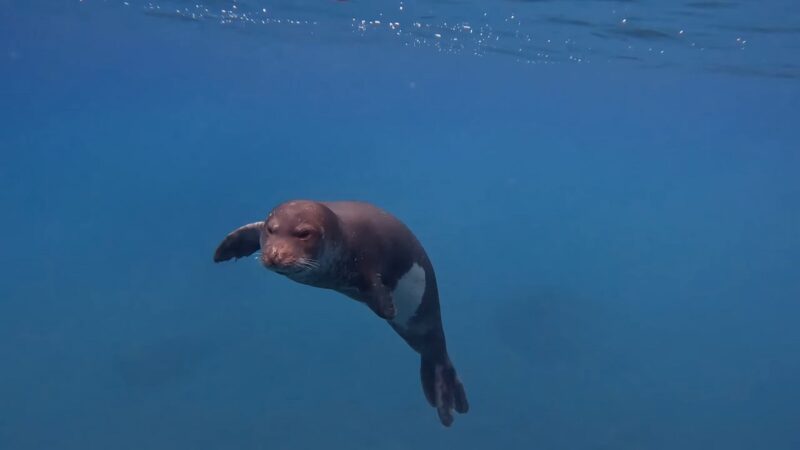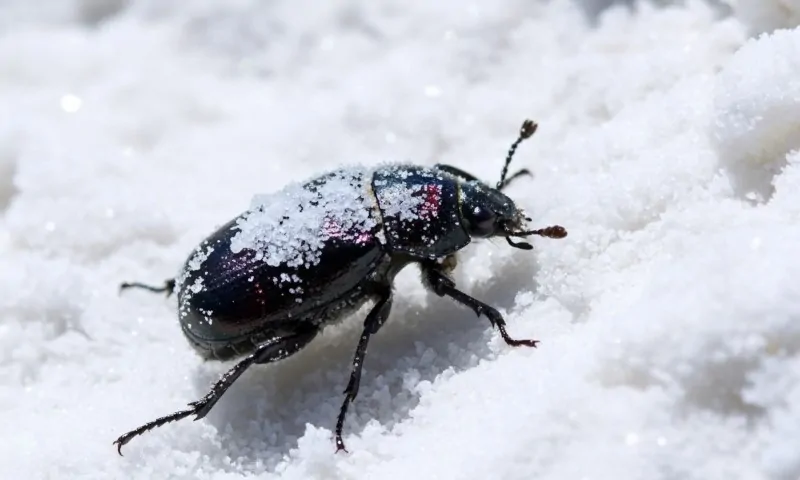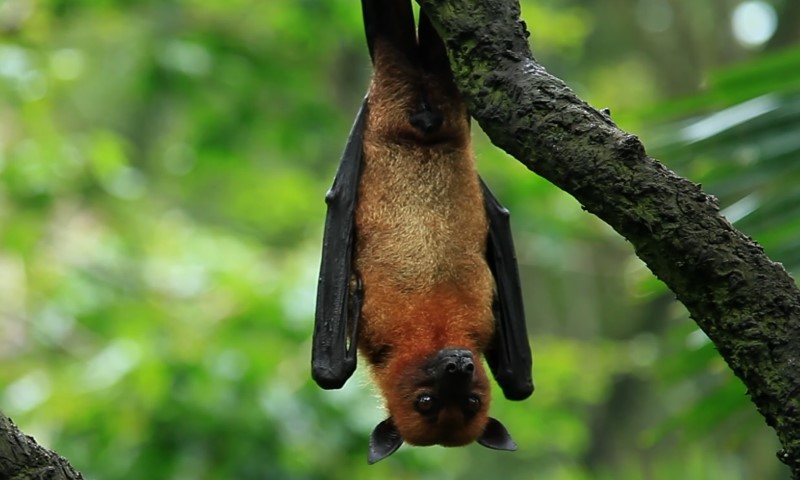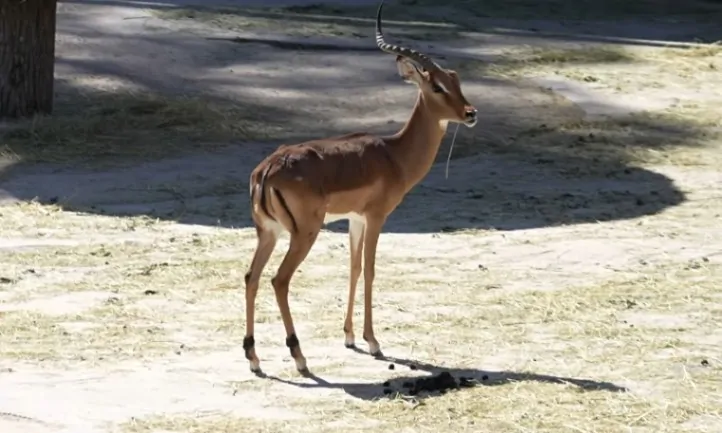Mediterranean monk seal, scientifically known as Monachus monachus, represents one of the rarest and most endangered marine mammals.
Once thriving across the Mediterranean Basin, North African Atlantic waters, and parts of the Black Sea, its populations have dwindled to a few isolated colonies.
Survival now depends on collective conservation efforts and protection of key habitats such as Cap Blanc and the Balearic Islands beaches, where sightings are occasionally recorded.
Once widespread along coastal cliffs and hidden coves, the species now symbolizes the delicate balance between human activity and marine conservation.
Focus is on the Atlantic Coast of Africa, particularly Mauritania’s Cap Blanc Peninsula, and underlines the urgent need to preserve remaining habitats and sustain the fragile recovery underway.
Let’s take a look at what we know about how endangered mediterranean monk seals are.
Table of Contents
ToggleSpecies Overview
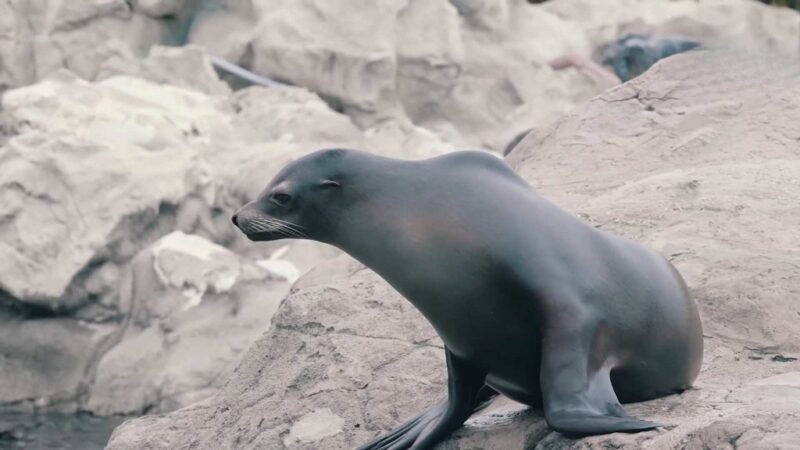
- Global population: Between 815 and 997 individuals
- Eastern Mediterranean: Around 450
- Cap Blanc Peninsula: Approximately 360
- Madeira Archipelago: Around 20
Few marine mammals have such an intricate balance between fragility and endurance as the Mediterranean monk seal.
As one of the earliest species of true seals, it holds evolutionary significance and ecological value across its remaining habitats.
Adapted to coastal life, it depends on isolation and tranquility to thrive, preferring environments that are increasingly rare due to human expansion.
Monk seals belong to the family Phocidae and are easily identified by their short, glossy coats, rounded heads, and expressive dark eyes.
Their smooth movements in the water contrast with their shy behavior on land, where they often retreat to secluded sea caves for rest and reproduction.
Most individuals live solitary lives or in small family groups, maintaining limited interaction even within their colonies.
Historically, monk seals inhabited vast stretches across the Mediterranean Sea, the Black Sea, and the North African Atlantic coast. Today, only two stable populations remain, one in the Eastern Mediterranean, and another in the Madeira Archipelago.
Occasional sightings around the Balearic Islands beaches suggest slow recolonization of former territories once considered lost.
Every population serves as a vital safeguard against extinction.
Genetic variation among these small groups prevents catastrophic collapse should one colony suffer decline, making interconnection between the regions a major focus for conservationists.
Significance of the Atlantic Coast of Africa
Cap Blanc Peninsula, located on the Atlantic Coast of Mauritania, represents one of the last strongholds for the Mediterranean monk seal.
Cap Blanc has also begun to draw increased interest from international travelers, particularly from the United States and Europe, reflecting broader 2025 travel trends that show a shift toward remote, nature-based destinations across Africa.
While it may not yet rank among the top 10 global hotspots, its popularity is rising steadily. On the beaches of Cap Blanc, Mediterranean monk seals are regular visitors, and their presence adds to the region’s appeal for ecotourists seeking meaningful wildlife experiences.
The reason why this region is a good place for mediterranean monk seals is Its rugged cliffs and isolated sea caves provide essential refuge for breeding, nursing, and resting.
These natural shelters protect newborn pups from predators and strong currents, though they remain vulnerable to erosion and sudden collapses caused by changing sea levels and geological instability.
The Atlantic colonies serve a crucial biological function by maintaining genetic diversity and linking fragmented populations across the Mediterranean Basin.
Their continued survival ensures that gene flow persists among distant colonies, sustaining evolutionary resilience.
Cap Blanc’s ecological importance is amplified by its role in connecting historical habitats of the species with new recolonization sites such as the Balearic Islands beaches.
Critical points of significance include:
- Breeding grounds: Provide essential pupping locations protected from human interference.
- Geographic connection: Serve as a natural bridge between the Atlantic and Mediterranean colonies.
- Genetic contribution: Preserve species-wide variation essential for long-term survival.
Without these Atlantic populations, recovery efforts would lose one of their most valuable anchors in global conservation.
Decline and Threats
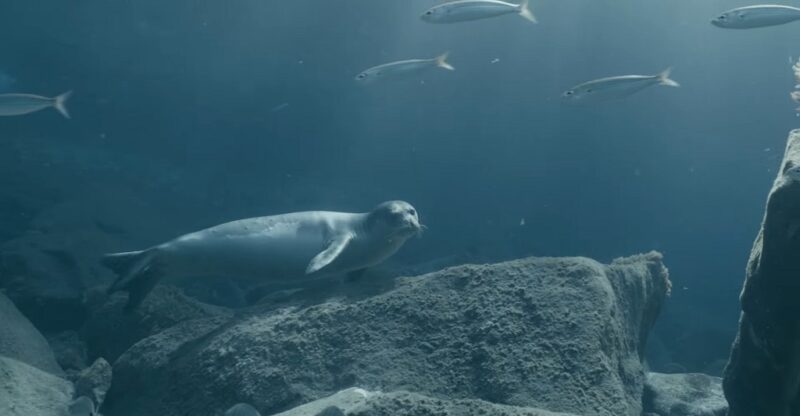
Centuries of human exploitation have left a lasting mark on the Mediterranean monk seal.
Ancient coastal societies hunted them for meat, oil, and leather, driving early population collapses.
As coastal development increased, remaining colonies retreated into isolated pockets, where they now face modern challenges just as severe as the historical ones.
Major threats affecting current populations include:
- Habitat destruction and cave collapses: Rapid coastal construction and erosion destroy pupping and resting sites.
- Tourism disturbance: Visitors entering caves or coastal zones disrupt breeding and resting behaviors.
- Fisheries conflict: Seals become entangled in fishing gear or are intentionally harmed after damaging nets.
- Genetic bottlenecks: Isolation limits breeding options and increases vulnerability to disease.
- Pollution and algal blooms: Contaminants and toxins threaten prey species and reduce food availability.
Cap Blanc’s population once thrived but now struggles with habitat loss, climate fluctuations, and the growing influence of nearby fishing activities.
Conservation efforts in this area are considered vital for the species’ global recovery.
Conservation Status and Trends
Mediterranean monk seals have experienced fluctuating levels of protection over the past decades. IUCN records reflect their ongoing struggle for survival.
Classified as Endangered in 1986, upgraded to Critically Endangered between 2008 and 2015, and later reassigned as Vulnerable in June 2023, their shifting status represents cautious optimism.
The downgrade acknowledges progress while recognizing that extinction risk remains high.
Encouraging signs have emerged across several regions. Increased sightings in Greece, Turkey, Italy, and the North African coast point to expanding territories.
Occasional appearances near the Balearic Islands beaches reinforce hope that natural recolonization may be underway.
Breeding activity in previously abandoned habitats indicates that coordinated efforts between governments, researchers, and local communities are paying off.
Sustaining these efforts will determine if gradual population growth can outpace ongoing threats.
Key Conservation Initiatives
Efforts to protect Monachus monachus depend on collaboration across borders and organizations.
Conservation projects now integrate science, education, and law enforcement to maintain the fragile balance of recovery.
Governmental and International Efforts
Governments have established several legal frameworks to safeguard monk seals and their habitats.
The Action Plan for Recovery in the Eastern Atlantic (2005) created a shared foundation for Atlantic nations, addressing both habitat management and community engagement.
Under the Barcelona Convention, Mediterranean countries coordinate regional efforts to protect breeding zones and reduce human interference.
Notable conservation zones include:
- National Marine Park of Alonissos in Greece
- Marine reserves in Türkiye, Cyprus, Madeira, and Mauritania
- Protected areas at Cap Blanc and surrounding Atlantic coasts
These programs emphasize monitoring, enforcement, and public education.
Similar frameworks are being considered around the Balearic Islands beaches, where occasional seal activity may signal a long-term return to earlier habitats.
NGO and Research Contributions
Non-governmental organizations and research institutes continue to drive action through innovation and dedication.
Each plays a role in advancing species survival through education, policy support, and direct intervention.
Sea Shepherd conducts marine patrols, removing harmful octopus traps and monitoring illegal activity.
MOm (Hellenic Society) operates rehabilitation centers, enforces protection laws, and educates coastal populations.
Kostis the Mediterranean monk seal is one of only around 700 monk seals left in the world. He was rehabilitated by The Hellenic Society for the Study and Protection of the Monk seal, AKA MOm, before being released back into the wild. #BluePlanetLive pic.twitter.com/TDcBnX2vlD
— BBC Earth (@BBCEarth) March 27, 2019
Tethys Institute develops regional conservation strategies and participates in projects such as CYCLADES LIFE+, aimed at marine ecosystem restoration.
Marine Mammal Commission supports genetic monitoring and fosters collaboration among policymakers in Albania and the Eastern Mediterranean.
Every organization contributes a layer of protection, scientific, educational, or practical, ensuring that no aspect of conservation is left unattended.
Final Thoughts
Mediterranean monk seals remain critically important to marine ecosystems of the Atlantic and Mediterranean.
Occasional sightings near the Balearic Islands beaches reinforce that recovery, while slow, is achievable with persistent protection and cooperation.
Sustained conservation, strict monitoring, and habitat restoration can secure the monk seal’s survival for generations to come.
Collective action across nations may yet transform a once-vanishing species into a symbol of resilience and ecological renewal.

